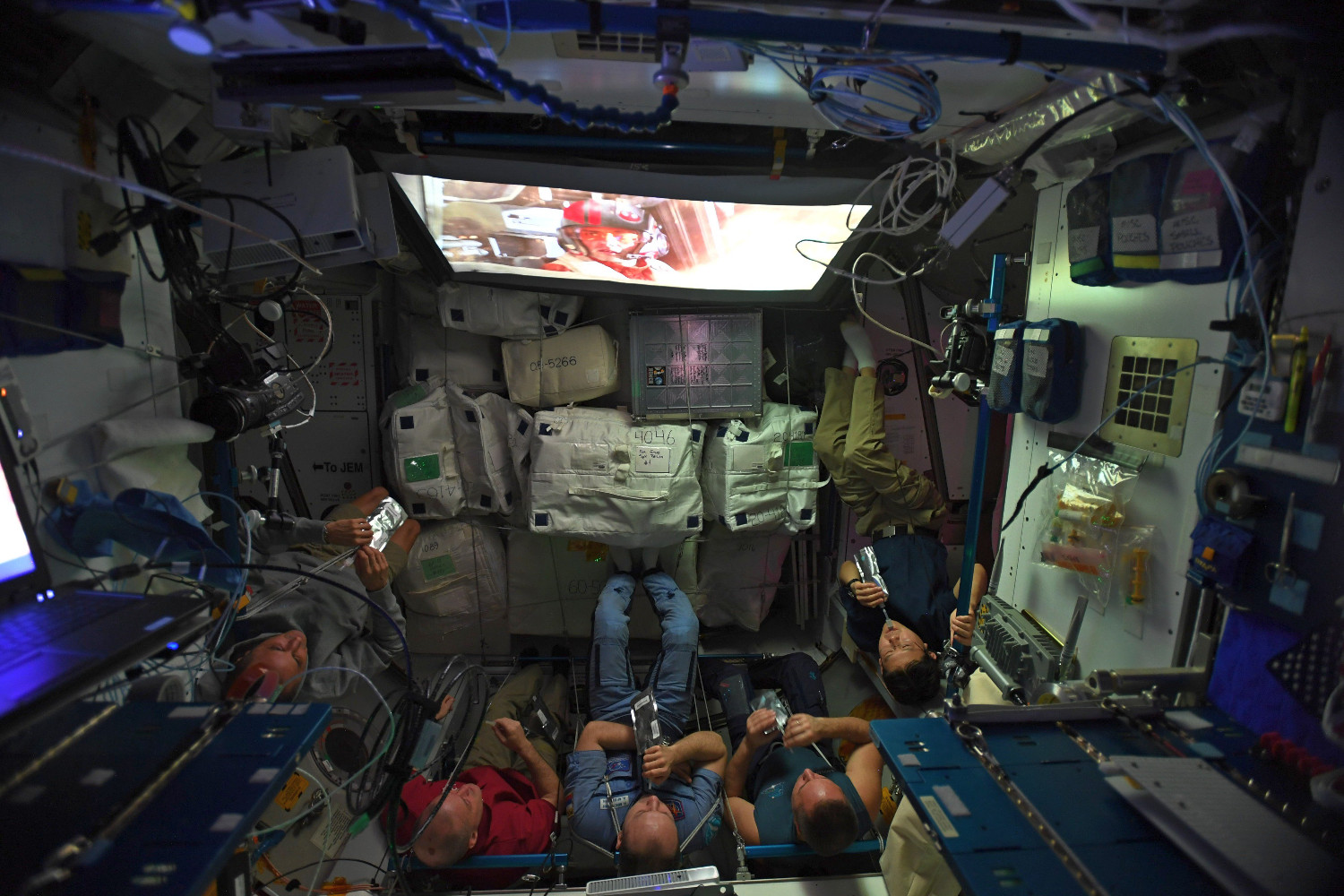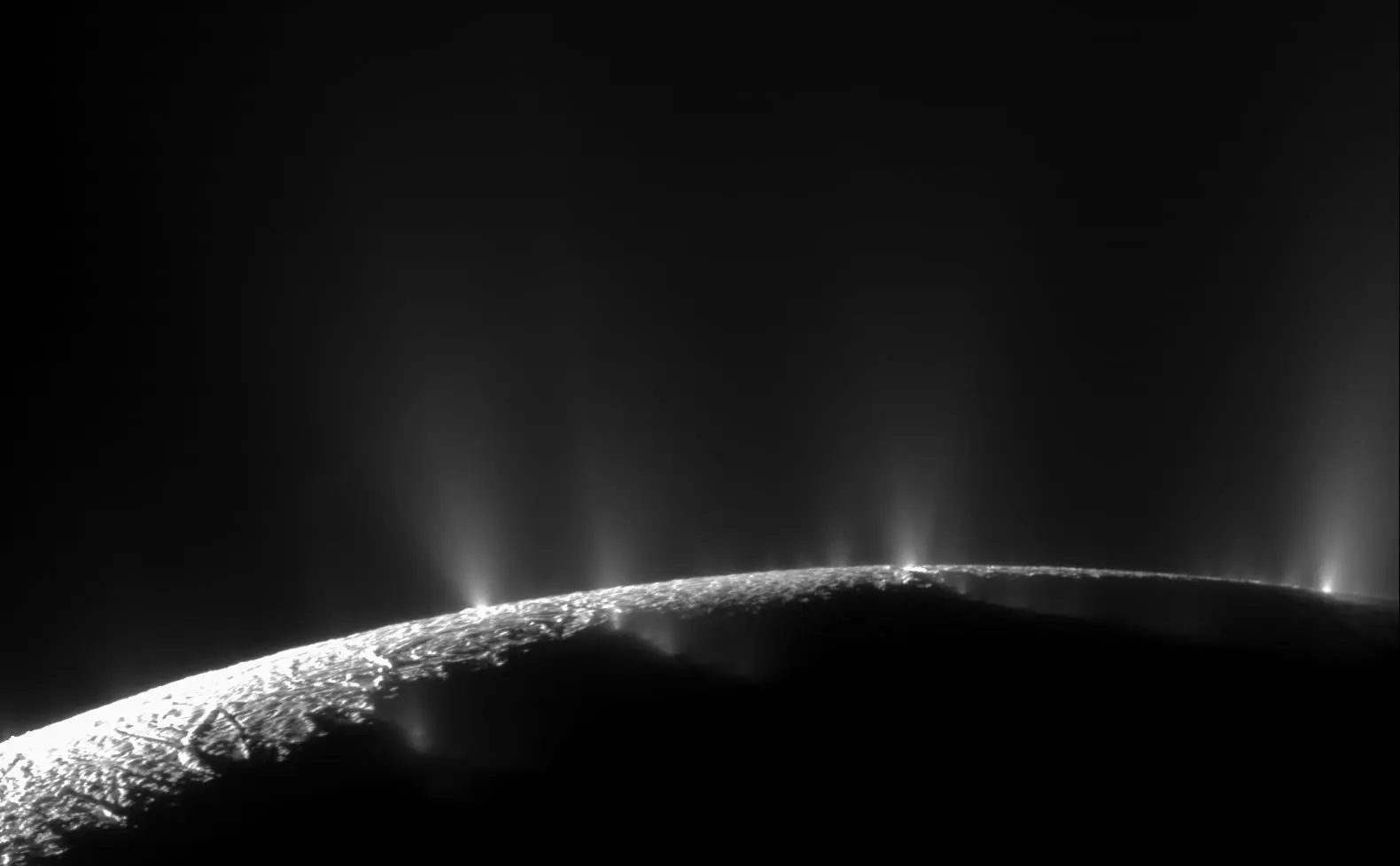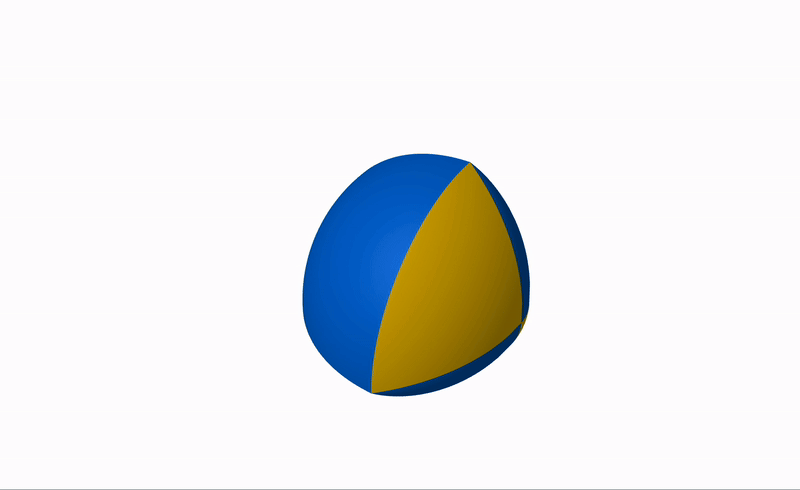NASA’s Mars Rover Curiosity has its first analysis target, an intriguing rock with a pyramidal shape that is now 8.2 feet (2.5 meter) from its current location. The scientists at the Jet Propulsion Laboratory are excited about this and other features discovered by the rover’s cameras.
In fact, it seems that they have hit a jackpot, according to Mars Science Laboratory Project Scientist John Grotzinger, at Caltech:
As we’re getting closer to the light-toned area, we see thin, dark bands of unknown origin. The smaller-scale diversity is becoming more evident as we get closer, providing more potential targets for investigation.
The pyramid rock will be the first rock analyzed by the rover. The next step will be to use the arm-mounted Alpha Particle X-Ray Spectrometer and the mast-mounted, laser-zapping Chemistry and Camera Instrument. These will provide scientists with precise data on the rock’s composition, which has been named “Jake Matijevic” after Jacob Matijevic, the former surface operations systems chief engineer for Mars Science Laboratory and Curiosity rover. Sadly, Matijevic died on August 20, at age 64.













